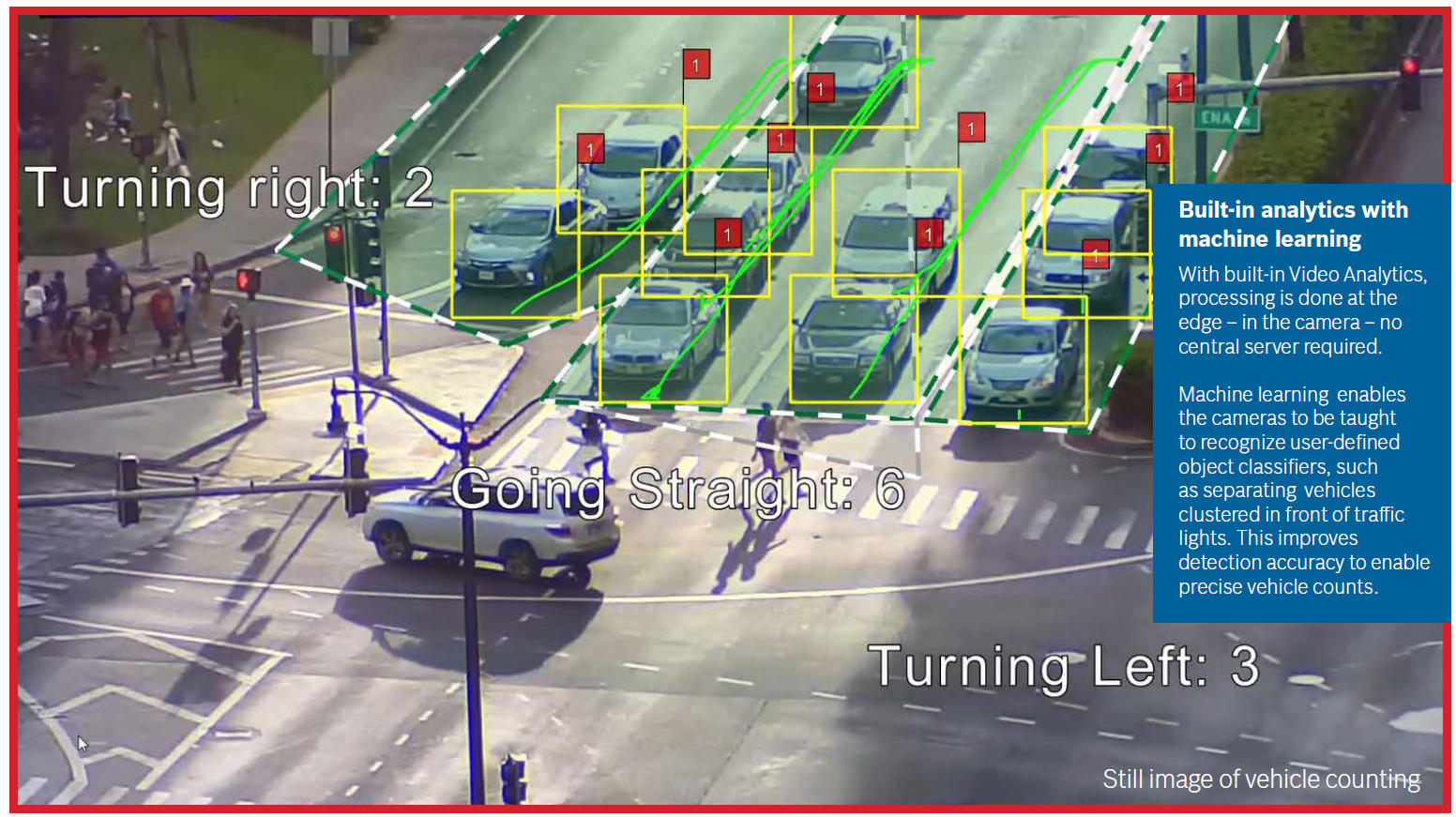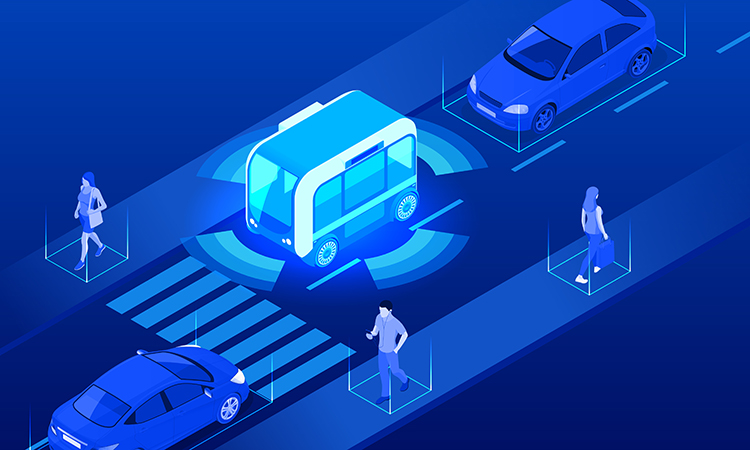Future Traffic Management in Cities: A Glimpse into 3000
Introduction:
As urban populations continue to grow at an unprecedented rate, the challenges of managing traffic in cities have become increasingly complex. To mitigate congestion, reduce pollution, and enhance transportation efficiency, cities have been compelled to reimagine their traffic management systems. This article envisions the state of traffic management in cities by the year 3000, exploring potential advancements in technology, infrastructure, and policies. By delving into the realm of futuristic urban transportation, we can speculate on the possibilities that may revolutionize the way we navigate our cities.
I. Intelligent Transportation Systems (ITS) and Autonomous Vehicles:
In the year 3000, cities are likely to fully embrace intelligent transportation systems (ITS) to optimize traffic flow and improve safety. Autonomous vehicles (AVs) will be the primary mode of transportation, equipped with advanced artificial intelligence algorithms and sensor technologies. These AVs will communicate with each other and with the city's infrastructure, forming an interconnected network capable of efficiently managing traffic.

1.Traffic Control Algorithms:
Sophisticated algorithms will control traffic signals dynamically, based on real-time data gathered from sensors embedded in the infrastructure and vehicles. These algorithms will consider factors such as traffic volume, congestion, pedestrian movement, and emergency vehicle prioritization, to ensure smooth traffic flow throughout the city.
2.Cooperative Vehicle-to-Infrastructure (V2I) Communication:
Vehicles will communicate with the city's infrastructure through V2I technology, sharing information about their location, speed, and intended route. This data exchange will enable traffic management systems to make proactive adjustments to optimize traffic flow, reducing congestion and travel times.
3.Vehicle Platooning:
AVs will form platoons, traveling closely together in a coordinated manner. This technique will enhance the capacity of existing roadways by minimizing the space between vehicles, reducing air resistance, and allowing for higher travel speeds. Platooning will also lead to fuel efficiency and reduced emissions.
II. Advanced Infrastructure and Mobility Hubs:
By 3000, cities will have undergone significant infrastructure transformations to accommodate futuristic traffic management systems. The development of mobility hubs and intelligent infrastructure will play a pivotal role in optimizing transportation efficiency.
1.Mobility Hubs:
Cities will feature interconnected mobility hubs strategically located across different neighborhoods. These hubs will integrate various modes of transportation, including AVs, public transit, bicycles, and pedestrian pathways. Passengers will seamlessly transfer between different modes, ensuring efficient and sustainable travel options.
2.Hyperloop and Maglev Systems:
Advanced transportation systems such as hyperloop and maglev trains will provide high-speed intercity and intracity travel options. These systems will drastically reduce travel times, linking cities together and alleviating congestion on traditional roadways.
3.Green Infrastructure:
Cities in 3000 will prioritize sustainability, with green infrastructure being a fundamental component of traffic management. Dedicated bike lanes, pedestrian-friendly walkways, and green spaces will be seamlessly integrated into the urban fabric. Solar panels and other renewable energy sources will power the infrastructure, reducing the carbon footprint associated with transportation.
III. Personal Mobility and Shared Mobility Services:
In the future, personal mobility will undergo significant transformations, and shared mobility services will become the norm. This shift will help reduce the number of vehicles on the road, contributing to traffic management efforts.
1.Mobility as a Service (MaaS):
Mobility as a Service platforms will provide citizens with seamless access to various transportation modes, including AVs, public transit, shared bicycles, and scooters. Integrated payment systems and personalized route planning will enable efficient and cost-effective travel experiences.
2.Peer-to-Peer Car Sharing:
Private vehicle ownership will decline as peer-to-peer car sharing becomes prevalent. Through digital platforms, individuals will be able to share their AVs with others, optimizing vehicle utilization and reducing the overall number of cars on the road.
IV. Regulation and Policy Considerations:
To ensure the smooth operation of traffic management systems, policymakers and regulatory bodies will implement forward-thinking regulations and policies.
1.Data Privacy and Security:
With the increasing reliance on data for traffic management, stringent data privacy and security measures will be put in place. Robust encryption, anonymization techniques, and regulations governing data access and usage will safeguard citizens' privacy.
2.Sustainable Transportation Policies:
Cities will implement policies to incentivize sustainable transportation choices. These may include congestion pricing, tax benefits for electric vehicles, and regulations promoting active transportation modes such as walking and cycling.
3.Public-Private Partnerships:
Collaboration between public and private entities will be crucial to the success of future traffic management systems. Public-private partnerships will facilitate the development and implementation of cutting-edge technologies, ensuring the seamless integration of new mobility solutions.
Conclusion:
As we delve into the future of traffic management in cities, it becomes clear that advancements in technology, infrastructure, and policy will play pivotal roles in shaping urban mobility. By leveraging intelligent transportation systems, autonomous vehicles, advanced infrastructure, shared mobility services, and forward-thinking regulations, cities in 3000 can strive towards efficient, sustainable, and interconnected transportation networks. While this vision may seem futuristic, it is important to start laying the groundwork today to shape the cities of tomorrow.




































